
With destinations like Sedona, Flagstaff, Phoenix, and Tucson to compete against, Payson doesn’t make the list of Arizona’s top mountain bike destinations… at least, not yet. With the addition of roughly 14 miles of new trails, Payson hopes to be on the map soon.
“The topography [near Payson] is amazing,” said Trevor Creighton, President of the Rim Country Mountain Bike Association (RCMBA). “You’ve got a hard pack of brown dirt like a forest, and then all of a sudden, you think you’re in Sedona with some red rock.”
The plan involves revitalizing existing social trails while building new ones to breathe new life into Payson’s mountain biking scene. However, the new trails wouldn’t be in the works if it weren’t for the existing Highline Trail. Nearly a decade ago, Payson residents met with Forest Service officials to determine their priorities, and the Highline Trail emerged as the top focus. Thanks to successful partnerships with organizations like the RCMBA, opportunities for more trails in Payson have opened up.

Social trails go legit.
“Social trails” are essentially unsanctioned trails — trails that came about “socially.” This is the term the Forest Service and others use for illegally built trails. Like many places, Payson has a few social trails, and the Tonto National Forest plans to officially adopt five social trails totaling 8 miles of singletrack into the designated trail system. This trail legalization will form one part of the Payson Area Trails System (PATS). In addition, PATS will build six miles of new trail — and this is only the first phase of trails coming to Payson.
“We had more trails we wanted to add, but we were working off of an area that already had the archeology surveys done for fuel mitigation work,” said Angie Abel, Recreation Manager for the Tonto National Forest. Abel was also instrumental in the Highline Trail Restoration Initiative. These archeology surveys are a significant part of the NEPA process, and, unfortunately, recreation typically falls at the bottom of the list. Having these surveys completed sped up PATS approval tremendously.
Planning for PATS started just over a year ago, with Creighton and a few others inspecting existing social trails for sustainability.
“There’s definitely some reroutes [and] maintenance that needs to be done — some possible routes on climbs where they get washed out and things like that,” Creighton explained. “But we want to keep the nature of the trail.”
Many of the social trails are black diamonds, some more due to neglect than original intent. Creighton explained that three social trails will remain at the black level while the other two will be blue. The six miles of new trails will be more beginner/intermediate-friendly.
Like other destinations in Arizona, elevation maps for these trails look like an EKG — constant ups and downs. Creighton said the area’s elevation gain is about 100 feet per mile.

PATS will focus on sustainable trail building.
Rogue trail building is often the result of needs not being met. While Payson’s social trails were by no means a secret and had little threat of being closed, they weren’t sustainable.
“We appreciated the enthusiasm and the work of the people who laid down those social trails,” Creighton said. “But going forward, let’s do it right this time.”
Similar to the Highline Trail, the social trails in Payson weren’t built sustainably. Wear and tear and erosion have made some sections nearly unrideable. Beyond sustainability, these trails weren’t built with riders of all skill levels in mind — something PATS aims to correct.
PATS values “doing it right” while maintaining the character of the trails. Creighton has even contacted the original social trail builders for their help with the PATS project. This partnership benefits both sides: government agencies get insights they might have missed, and social trail builders see the benefits of the official process.
RCMBA also brought trail runners to the team to share their perspectives.
New trailheads and prospective timeline.
New trailheads will also be a part of the PATS project. Currently, parking for the social trails is at the end of a residential neighborhood, frustrating the HOA. The six miles of new trails will be accessed from a new trailhead and will connect to the eight miles of social trails.
There isn’t yet a start date for this trail project. Creighton said they have submitted around $250,000 worth of grant applications and, if awarded, trail building could begin as early as spring 2025.

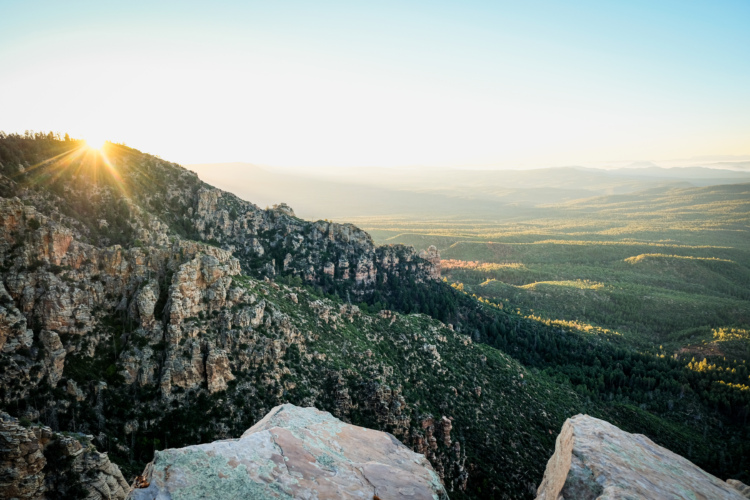

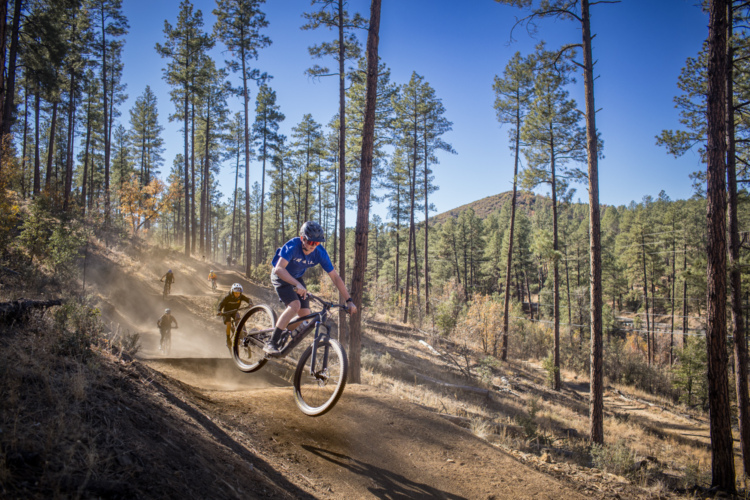

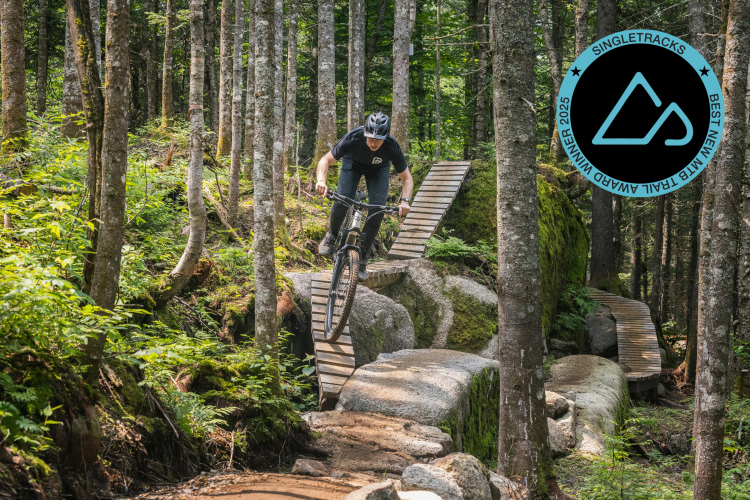
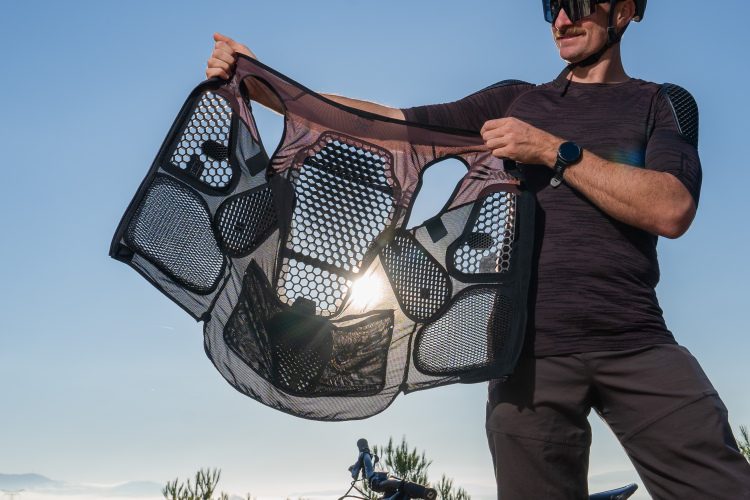

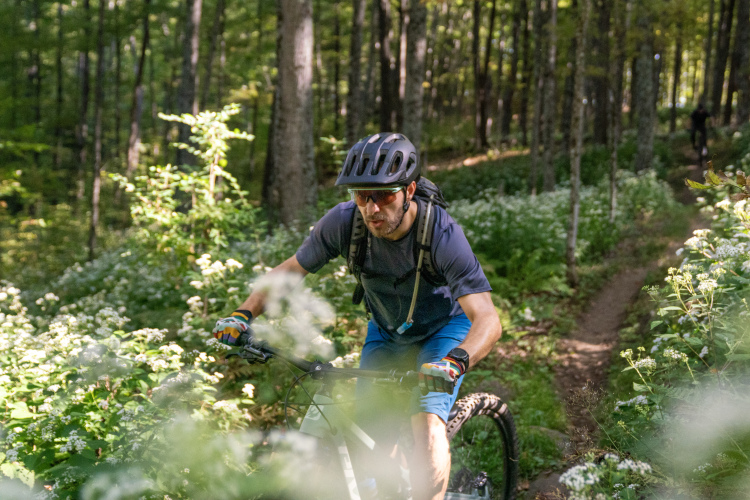

0 Comments